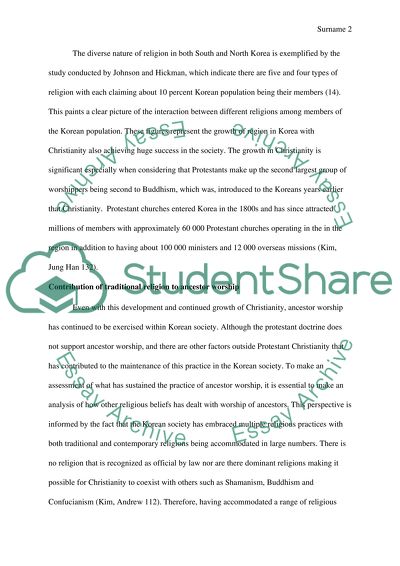Cite this document
(“Challenges in the Korean Protestants dealing with ancestor worship Term Paper”, n.d.)
Retrieved from https://studentshare.org/religion-and-theology/1633829-challenges-in-the-korean-protestants-dealing-with-ancestor-worship
Retrieved from https://studentshare.org/religion-and-theology/1633829-challenges-in-the-korean-protestants-dealing-with-ancestor-worship
(Challenges in the Korean Protestants Dealing With Ancestor Worship Term Paper)
https://studentshare.org/religion-and-theology/1633829-challenges-in-the-korean-protestants-dealing-with-ancestor-worship.
https://studentshare.org/religion-and-theology/1633829-challenges-in-the-korean-protestants-dealing-with-ancestor-worship.
“Challenges in the Korean Protestants Dealing With Ancestor Worship Term Paper”, n.d. https://studentshare.org/religion-and-theology/1633829-challenges-in-the-korean-protestants-dealing-with-ancestor-worship.


